Our History
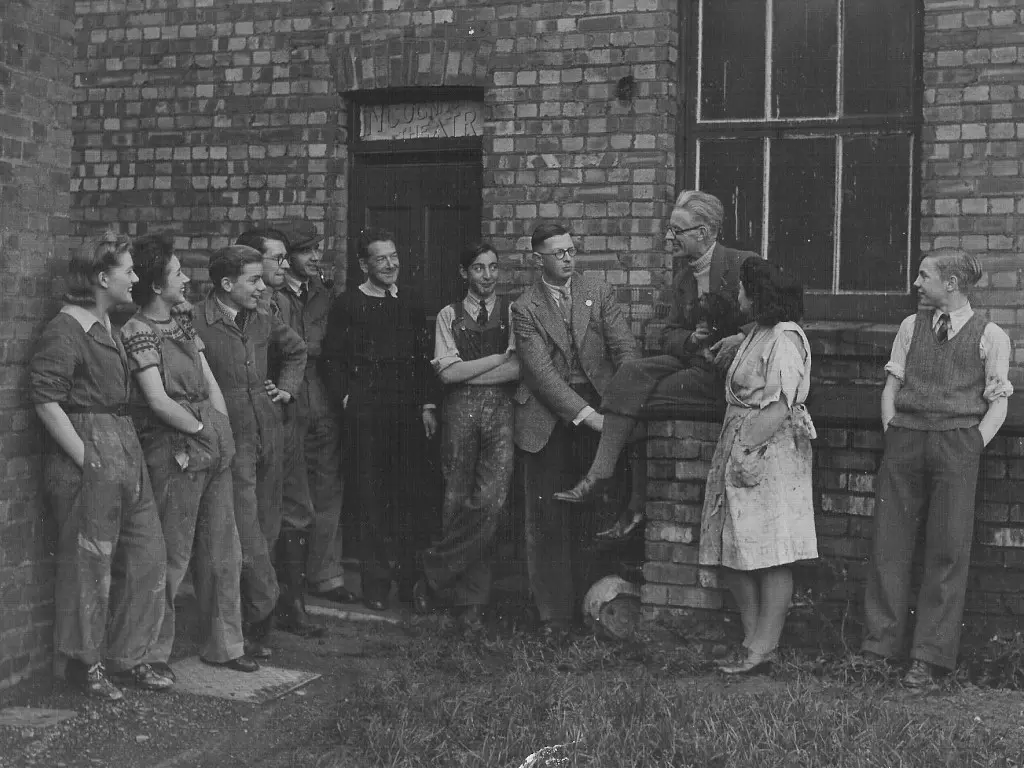
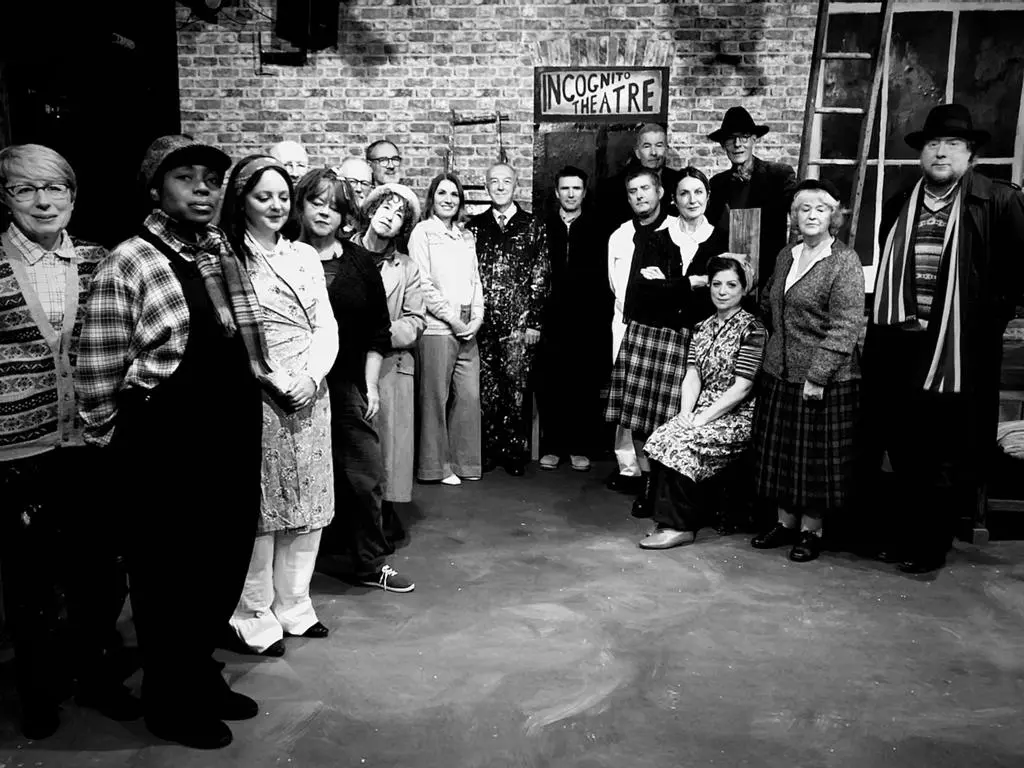
original photograph in a recent production
The original group that eventually formed the company came out of the adjacent Holly Park School – still operating to the north of the theatre. It started as the 'Holly Park Theatre Club' and was formed in 1935 by Owen Berry, a teacher at the school. This Theatre Club put on a play called 'Minic' on 28th & 29th April 1939, but activities ceased at the outbreak of the Second World War. Owen Berry then took possession of an adjacent building he had had his eye on for years. It was known as 'The Factory' as it had been a lemonade and seltzer factory at the turn of the 19th to 20th centuries. It was at the back of the school and on 22nd May 1941 the keys were obtained.
Old scholars were circulated by duplicated letter and those that came forward formed themselves into the 'Incognito Amateur Dramatic Society' with the help of a £30 grant from the Youth Committee of the Middlesex County Council. The rent was a 'peppercorn' rent of five shillings a year (25p) as long as it was for youth purposes. In the 1930s the ground floor had been used by a greengrocer to store his vehicles but the construction of a health centre in 1938 prevented access. The ground floor was subsequently used during the war years for storing mowers for the local council (they were not used because of wartime petrol shortages).
Initially the building's upper floor was used for rehearsals by candle light. Performances were in church halls and Springfield Hall, New Southgate. Seats were obtained from the bombed Embassy Theatre Swiss Cottage. When the lower floor was cleared of mowers work began in earnest to create a theatre. The organisation of the society was properly set up from 1945 and electricity was installed in 1946. Before the first performance in the building the society decided to change its name to the 'Incognito Theatre Group' (ITG) on 19th September 1948 and the theatre was opened on 7th November 1948.
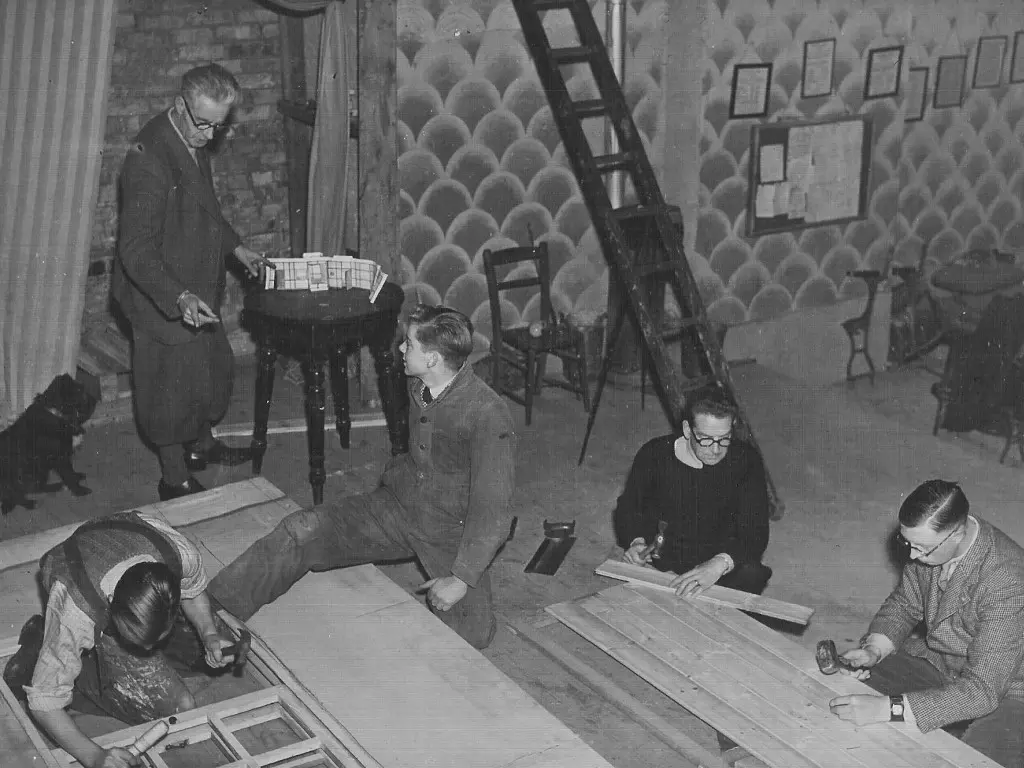
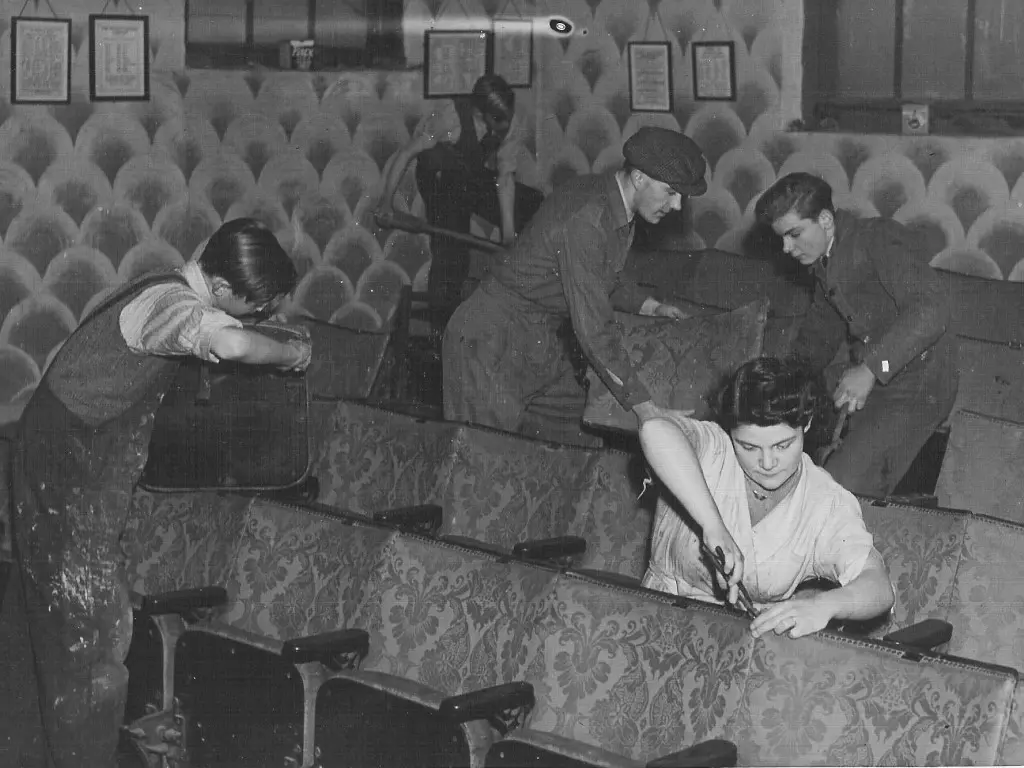
The early years had no piped water or lavatories, but chemical lavatories were installed in 'sentry box' – like structures in 1955. Various sheds, additions and outbuildings were added over the years to accommodate canteen facilities and scenery storage. The lighting controls occupied several locations beside and above the stage and latterly a shed against the east wall with a view to the stage through an old window opening. Access to the upper level is still by two flights of steps (so steep, they could be described as ladders) that were also salvaged from bombed buildings.
With its roots in youth theatre, the early post-war years spawned talent that went on to produce actors that became familiar faces on stage and television. David Jason, still our Patron, spent a decade with us and also contributed to some of the early electrical installations as he trained as an electrician in case acting dried up. Christopher Timothy, perhaps best known as James Herriot in 'All Creatures Great and Small' was with us for a short while as was James Grout who was Inspector Morse's boss in the TV series.
In the mid 1970s the council ceased to run the clinic and an Area Health Authority was formed. Relationships were difficult and the new health authority mistakenly thought they were the landlords and tried to close the theatre and make the site into a larger health centre. When this failed, the Health Authority declared the theatre a health hazard because it had no lavatories or mains water. By 1983 a small grant allowed lavatories to be built but then the Health Authority used the tactic of trying to close the theatre again because it had no fire escape. When an arrangement was agreed with the fire authorities the Borough's planners turned the escape plans down. The upper storey was then declared as 'for storage only'. By November 1987 following years of fundraising and loans, a small foyer was added and finally, all the essentials of a theatre were in place.
In 1990 ITG became a charity to assist with business rates and by the time 50 years in the building were celebrated in 1998 the pattern of four productions a year had become established. When the lease came up for renewal at the turn of the 21st century the landlords insisted that the membership club was not appropriate as a body to take on a lease and it became a requirement to form a company limited by guarantee as a 'body corporate' which could hold a lease. This was set up in 2003 but it took a further 6 years of argument and arbitration to settle the terms of a new 10-year lease at £2000 a year, based on 10% of ITG's ticket sales.
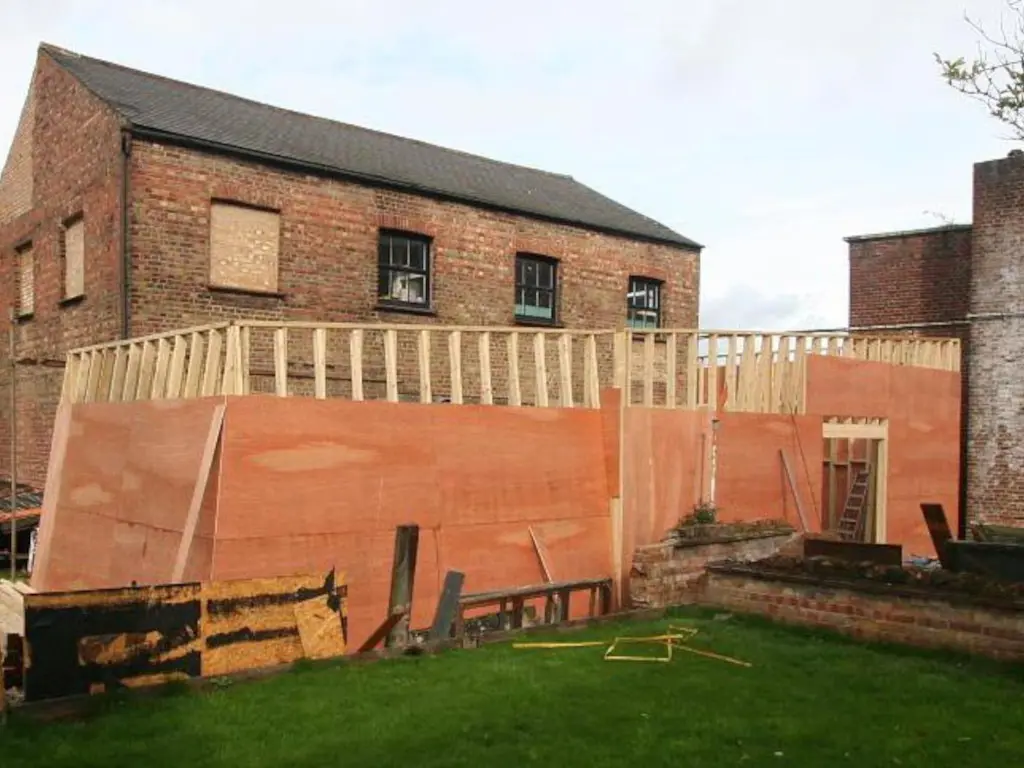
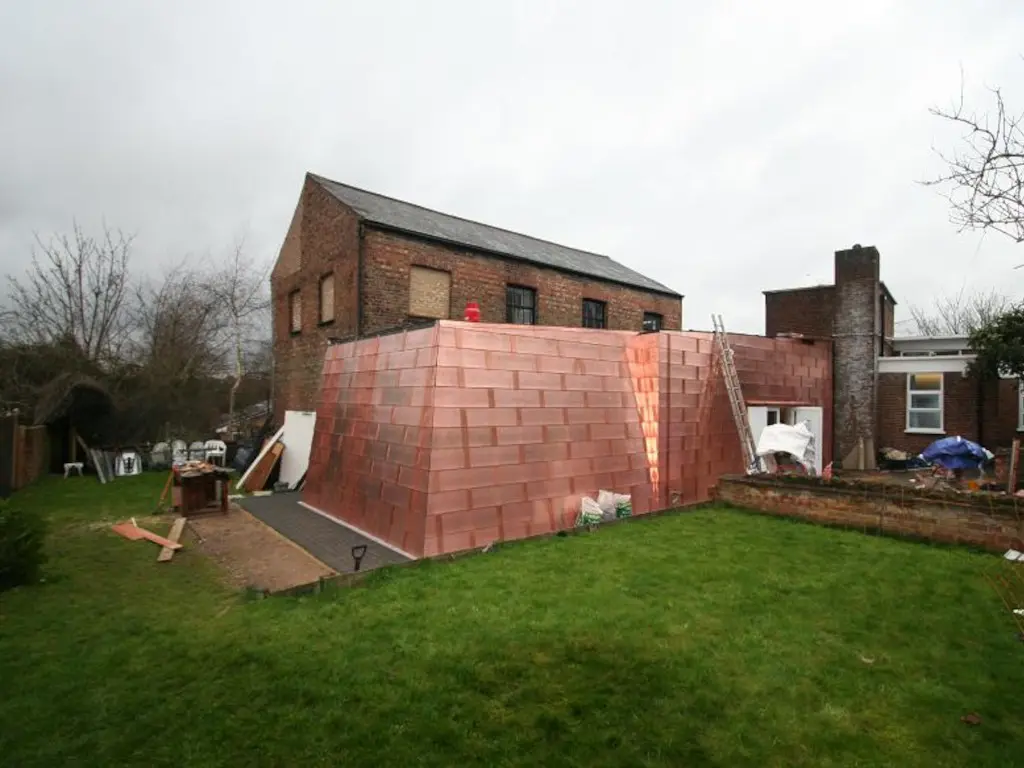
An ambitious plan was launched in 2003 to clear away the clutter of additions and rationalise the ancillary accommodation and, in a reduced version, after another refusal by planners and allowed on appeal by an Inspector, the present addition was built in 2010 with a new timber framed and copper clad workshop, scenery store, lavatories and Foyer / Bar. A spiral escape stair was added from the upper floor and dressing rooms were built to provide large and small rooms to be allocated according to cast needs. The lighting shed was enlarged to provide a control room accessible from inside the building, and this was copper clad to match the foyer & workshop. From 2010, for the first time, the building could welcome people with severe mobility problems as a disabled toilet was provided with a unisex toilet for the able bodied and a separate backstage toilet for the cast and crew. All public areas were then step free from the street and accessible by wheelchair. Seat F1 can be removed for a wheelchair to be located in the auditorium. To improve the access way to the building ITG bought an L-shaped strip of land from the adjacent garden to allow a wheelchair to get by the clinic as the previous access way was too narrow to allow such access. At the end of 2014 the tungsten lighting system started a phased decommissioning and was replaced in two phases by a solid state system that can give light in any colour and the changeover was completed in September 2015.
At 70 years since opening, the production pattern is six shows a year roughly eight weeks apart between September and July. The Clinic, after 80 years' service, was declared redundant to Health Service needs and was sold by auction on 28th March 2019 and has been redeveloped as a private clinic run by the Medstar group.